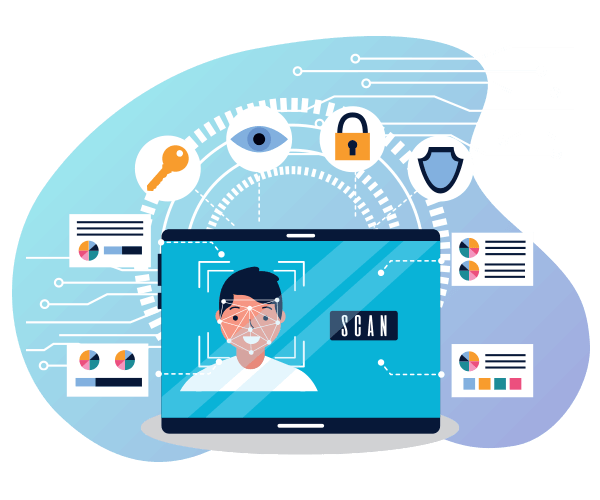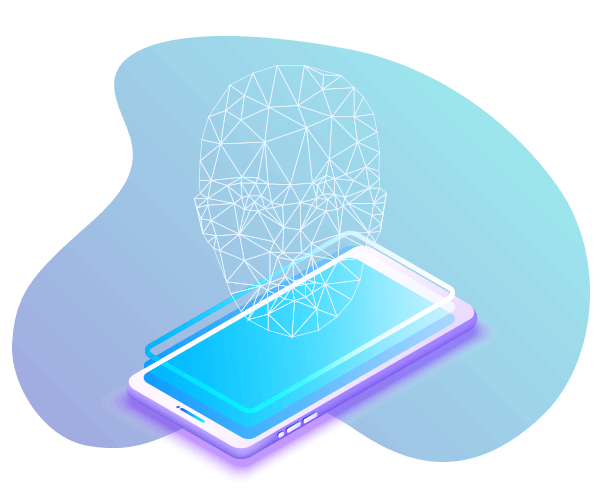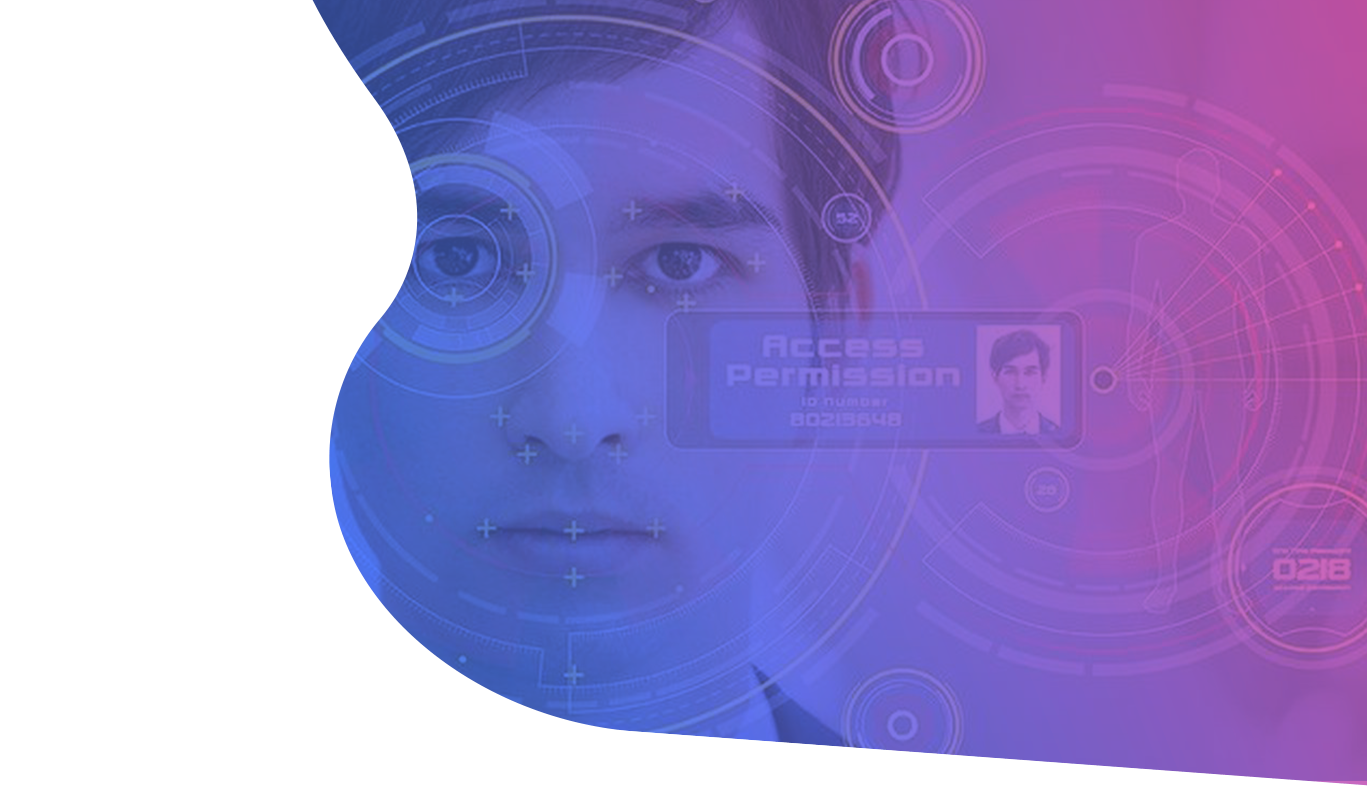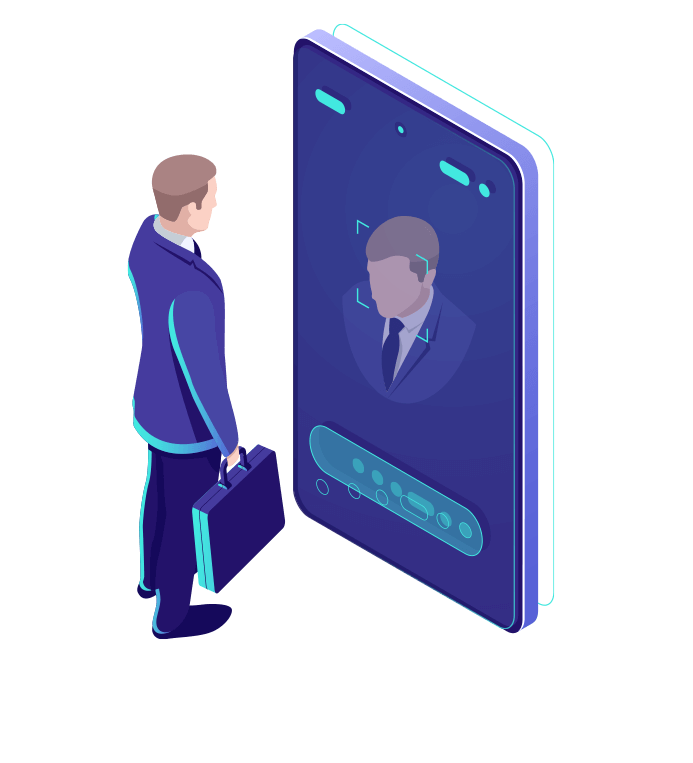There’s a healthy degree of confusion between facial recognition and facial authentication, but the underlying technologies are often very different and designed to address different use cases. Facial recognition has gone mainstream and helped consumers recognize that their faces could serve as their password.
We will compare and contrast facial recognition and facial authentication and provide some cautions to companies considering facial recognition systems in commercial use cases when facial authentication is more appropriate, reliable and secure.
Facial Recognition: A biometric software application capable of uniquely identifying or verifying a person by comparing and analyzing patterns based on the person’s facial contours.
Facial Authentication: A form of biometric authentication that relies on the unique biological characteristics of an individual to verify that she is who she claims to be.
While both leverage biometrics and both are used to verify individuals, they differ in some pretty fundamental ways. Let’s start by exploring facial recognition.

- Retail: Face recognition is being used to instantly identify when known shoplifters, organized retail criminals or people with a history of fraud enter retail establishments.
- Law Enforcement: Facial recognition is already helping police officers instantly identify individuals in the field from a safe distance. This intel can provide contextual data that tells them whether they need to proceed with caution.
- Advertising: Facial recognition is enabling more targeted advertising by making educated guesses at people’s age and gender. Companies like Tesco are already planning on installing screens at gas stations with facial recognition built in.
- School Safety: Facial recognition surveillance systems can instantly identify when dangerous parents, expelled students, drug dealers or other individuals that pose a threat to school safety enter school grounds.

- Missing Persons: Facial recognition can be used to find missing children and victims of human trafficking. As long as missing individuals are added to a database, law enforcement can become alerted as soon as they are recognized by facial recognition — be it an airport, retail store or other public space.
- Social Media: Facebook uses face recognition technology to automatically recognize when its members appear in photos. This makes it easier for people to find photos of themselves and can suggest when particular people should be tagged in photos.
- Financial Services: A more concerning use of facial recognition (for reasons that will be enumerated below) has been in the financial services arena where facial recognition is being used for digital payments, account opening and online account access.
© 2020 BrAeIn. All rights reserved.




